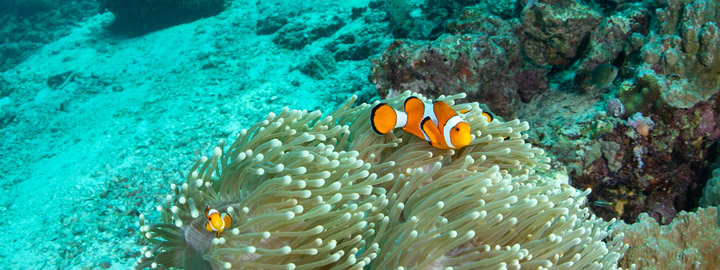
Preserving the Marine Ecosystem
The value of coral reefs cannot be overestimated. They support a variety of human needs – food, livelihood, coastal protection, not to mention tourism and medicine – and the thriving of fish populations and other marine life, their degradation and loss will negatively impact a wider ecosystem. Man-made destruction as well as global warming can erase them forever. So preservation and salvaging are too important to ignore.
3D Printed Corals
One primary use of coral reefs is in the marine biofuels. Hence, scientists and researchers are looking into various solutions to reinvigorate the ecosystem. 3D replacement reefs are a promising means. Cambridge University intends to develop an artificial coral structure for microalgae to grow on, so it can be harvested to create biofuel. Microalgae is an energy-rich biofuel. Certain types can live in a symbiotic relationship with corals. The corals provide a surface for the microalgae to grow, and in return, the algae produce food for the coral.
At the Cambridge lab, researchers are looking for methods to copy and mimic corals’ high efficiency at collecting and using light. They developed an artificial coral tissue and skeleton with a combination of polymer gels and hydrogels doped with cellulose nanomaterials to mimic the optical properties of living corals. The incredibly energy-rich microalgae called Marinichlorella kaistiae produces fatty acids. The algae grow on Pocilloporidae corals, so the team 3D-scanned these corals in order to develop a blueprint for the 3D-printed coral forms. However, the microalgae can die in the process of transferring them from their host culture onto the artificial corals. But through a unique bioprinting technique, the researchers were able to plant the algae on the surface of the new fake coral during the manufacturing process itself.
When compared to the natural coral, the new coral structures allow the microalgae to grow 100 times faster, and in a denser mat, than in any other area where they have been cultivated, both in the lab and the sea.
While it is obvious that the process of additive manufacturing isn’t the best system for mass production of coral reefs, the Cambridge team of researchers has no other option for producing its artificial coral. Nonetheless, they’re hopeful that new advances in additive manufacturing will help them further their production process goals in the future.
Their research is published in Nature Communications.



